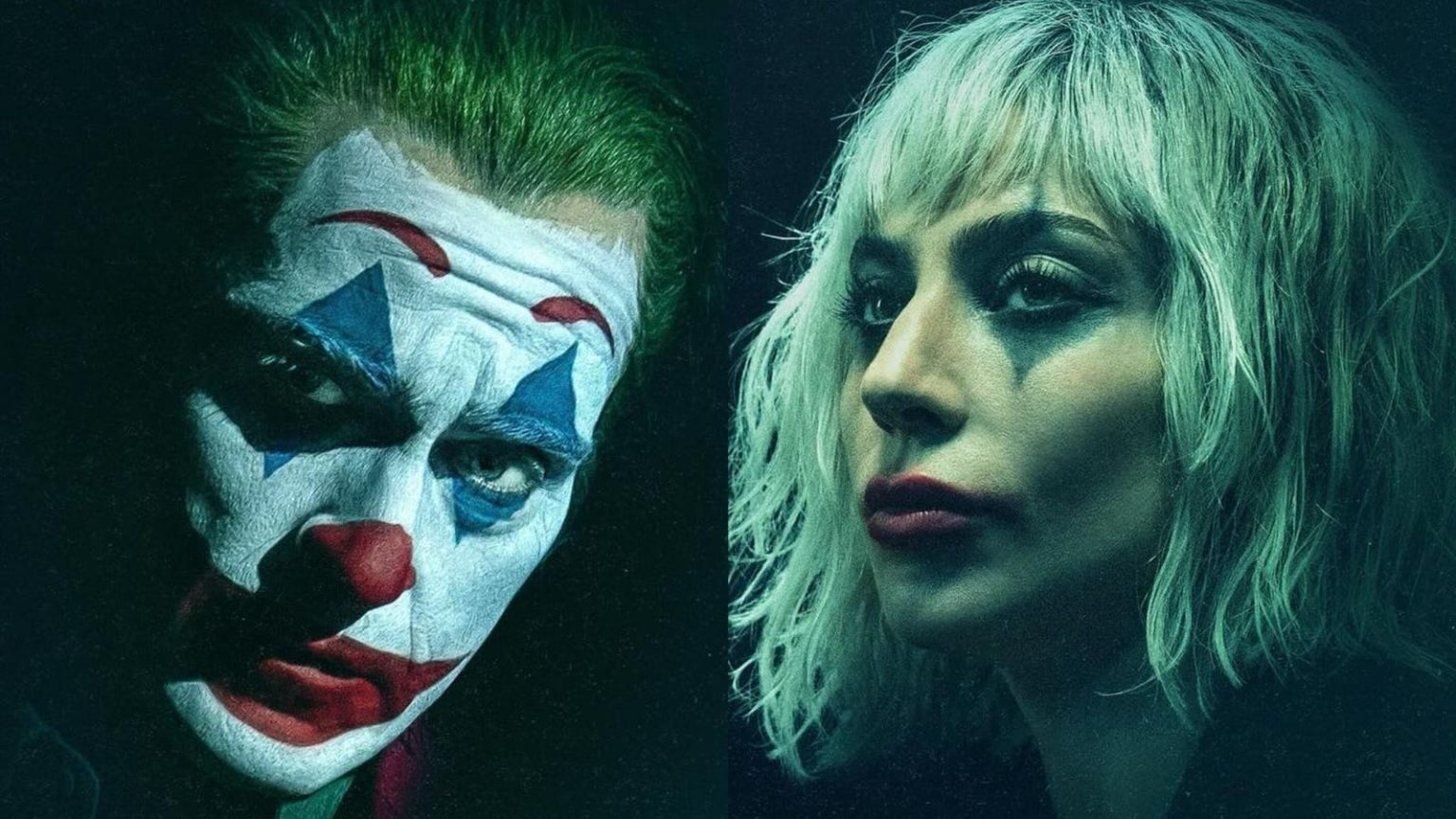Joaquin Phoenix and Lady Gaga’s Joker: Folie à Deux—the sequel to the 2019 blockbuster Joker—is new in theaters. Do the end credits suggest more mayhem is on the way?
Joker, of course, was a landmark film in 2019, as it became the first R-rated movie, per Box Office Mojo, to crack the $1 billion mark in worldwide ticket sales.
On top of that, the film earned 11 Oscar nominations—including Best Picture and Best Director for Todd Phillips—and won two statuettes, including Best Actor for Phoenix for his turn as Arthur Fleck/Joker.
With that sort of success a sequel was all but guaranteed, so five years later Phoenix and Phillips are back with Joker: Folie à Deux.
Phillips has raised the stakes with the sequel, as he imbued the crime drama/psychological thriller with musical numbers to give the film a jukebox musical feel thanks to the addition of pop superstar-actor Lady Gaga as Lee Quinzel, aka Harley Quinn.
The logline for the film reads, “Joker: Folie à Deuxfinds Arthur Fleck institutionalized at Arkham waiting trial for his crimes as Joker. While struggling with his dual identity, Arthur not only stumbles upon true love but also finds the music that’s always been inside him.”
Note: A mild spoiler concerning the film’s end credits is featured in the next section.
What Do The End Credits For ‘Joker: Folie à Deux’ Tell Us?
Generally, the purpose of scenes during the end credits or post-credits serve one of two functions—they can either tie up loose ends from a scene earlier in the movie or they can tease a potential sequel.
While end credits scenes have become a standard practice for comic book movies, it’s important to note that Joker and its sequel are not your typical films adapted from the comics and they definitely follow a different set of rules.
True, Joker is a character who emerged in Batman DC comic book lore from Bob Kane, Jerry Robinson and Bill Finger, but 2019’s Joker—and Joker: Folie à Deux, for that matter—feel more like gritty Martin Scorsese Mean Streets-types of movies than anything you’ve seen previously from DC or Marvel.
So, like Joker, Joker: Folie à Deux does not feature an end credits scene. Of course, that doesn’t mean there won’t be another Joker movie, even though Todd Phillips told Variety before the film’s world premiere at the Venice International Film Festival, “It was fun to play in this sort of sandbox for two movies, but I think we’ve said what we wanted to say in this world.”
If anything, a successful box office could perhaps clear the way for a Harley Quinn spinoff movie.
Ultimately, though, the idea of third Joker or a Harley Quinn spinoff movie largely depends on what sort of success Joker: Folie à Deux has at the box office.
Joker: Folie à Deux is projected to get off to a good start. According to Variety, the film is tracking in its opening weekend to earn anywhere between $50 million to $65 million in 4,100 theaters domestically and $80 million to $85 million internationally for a worldwide tally of somewhere between $130 million to $150 million worldwide.
While those are great opening numbers for most films, Variety pointed out that Joker: Folie à Deux has a production budget of $200 million before prints and advertising.
By contrast, Variety noted, 2019’s Joker had a production budget of $65 million before P&A and made $96 million domestically in its opening weekend. Combined with more than $152 million in international ticket sales, the first Joker made $248 million in its first Friday-Sunday frame.
Rated R, Joker: Folie à Deux plays in previews Thursday before opening in theaters nationwide on Friday.
Note: This article has been updated with a quote from Todd Phillips about the future of his Joker movies.
Read the full article here





